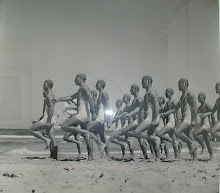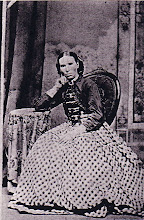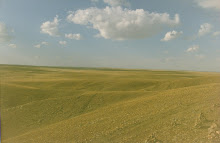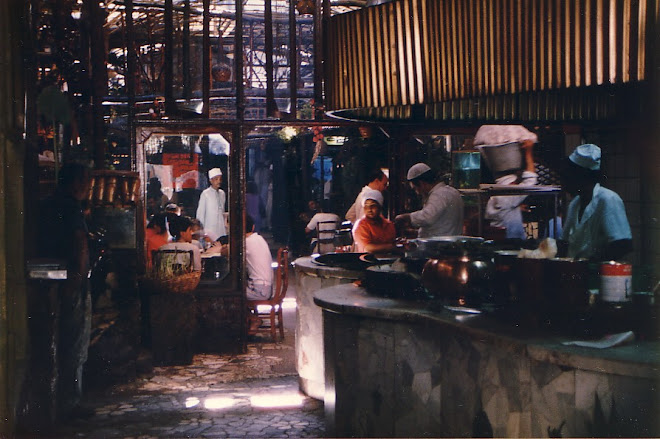Long Lost Siblings
You might have noticed some paintings wandering round the blog.
The work above was one happenstance of the rabid auction phase of our lives. Which luckily came to a close about five years ago.
My partner had spotted 'Quiet Waters'. It was almost unnoticed by other previewers, right down on the bottom level of three rows of hung paintings. But then, not much gets past his eagle eye. And the canvas was knocked down to us for way under the pre-auction estimate, justifying - so it seemed - our impetuosity!
Then yesterday, like a previously unknown relative, the following painting came across my internet radar ...
... obviously similar to the one we have but very different from most of Forrest's other mainly marine work ...





Born at Boulogne-sur-Mer in France of British parents, Haughton Forrest (1826–1925) ...

... worked in various public service spheres in England - the Army and the Post Office - before, in 1875, taking up 60 acres of land in Kittoland, Parana, southern Brazil, and then, in 1876, 100 acres on the Ringarooma River outside Hobart in Tasmania. He later returned to the public service sector - as bailiff of crown lands and of the court of general sessions, as inspector of nuisances, weights and measures, and thistles and stock, and as superintendent of police.
And continued to paint all the while.
In 1899, his images of Mount Wellington and Hobart formed the basis of Australia's first pictorial stamps.
But getting back to our extending 'family', I think the similarity between 'Quiet Waters' and its newly found long lost relative is mainly in the chromatic scale. And the almost obsessive attention to detail - which may stem from often working from photographs. In both paintings, there is also an almost human intimacy, created by small leafy outcrops comfortingly jutting into the landscape, with an effect like arms enfolding a loved one.
As the advertisement says 'But there's more'. And we certainly seem to be developing a curious quirk for acquiring one of pairs.
Having not so long ago purchased this work ...

... by modern aboriginal artist, Emily Kame Kngwarreye (1910-1996) ...

... we noticed its twin in an old Christie's catalogue ...

Mmm ... So what's next!
I'll keep you posted.




















































![C18 Bronze Buddha [Southern China]](https://blogger.googleusercontent.com/img/b/R29vZ2xl/AVvXsEioLkgVKuhDoIHQgM1X6Oe2hGn75yqaj4OJXPmNpumXmQPKxB22S57YS5DVrl1P7zl7BS6EFpAtaNZPze7gzVCRiQI54bwdHhVa4fGr7NOChZwTZoo92gUen6tC5U8gWIy_pv92U0FB38M/s1600/Buddha+%255BBronze%252C+C18%252C+China%255D+1.jpg)




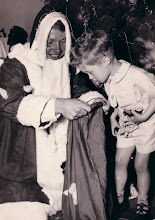







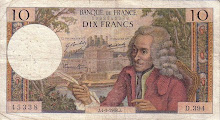
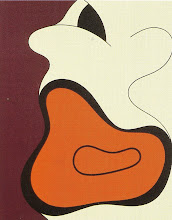+1998+Cropped.jpg)

